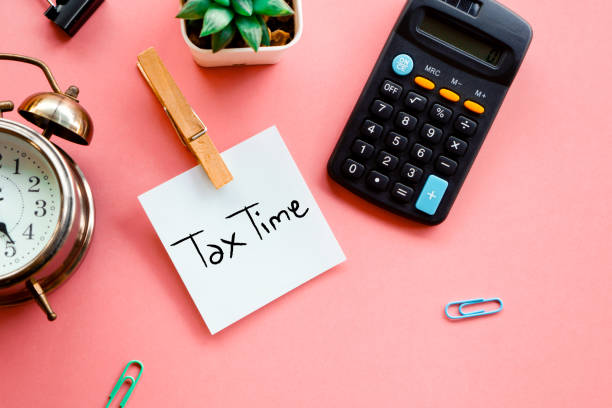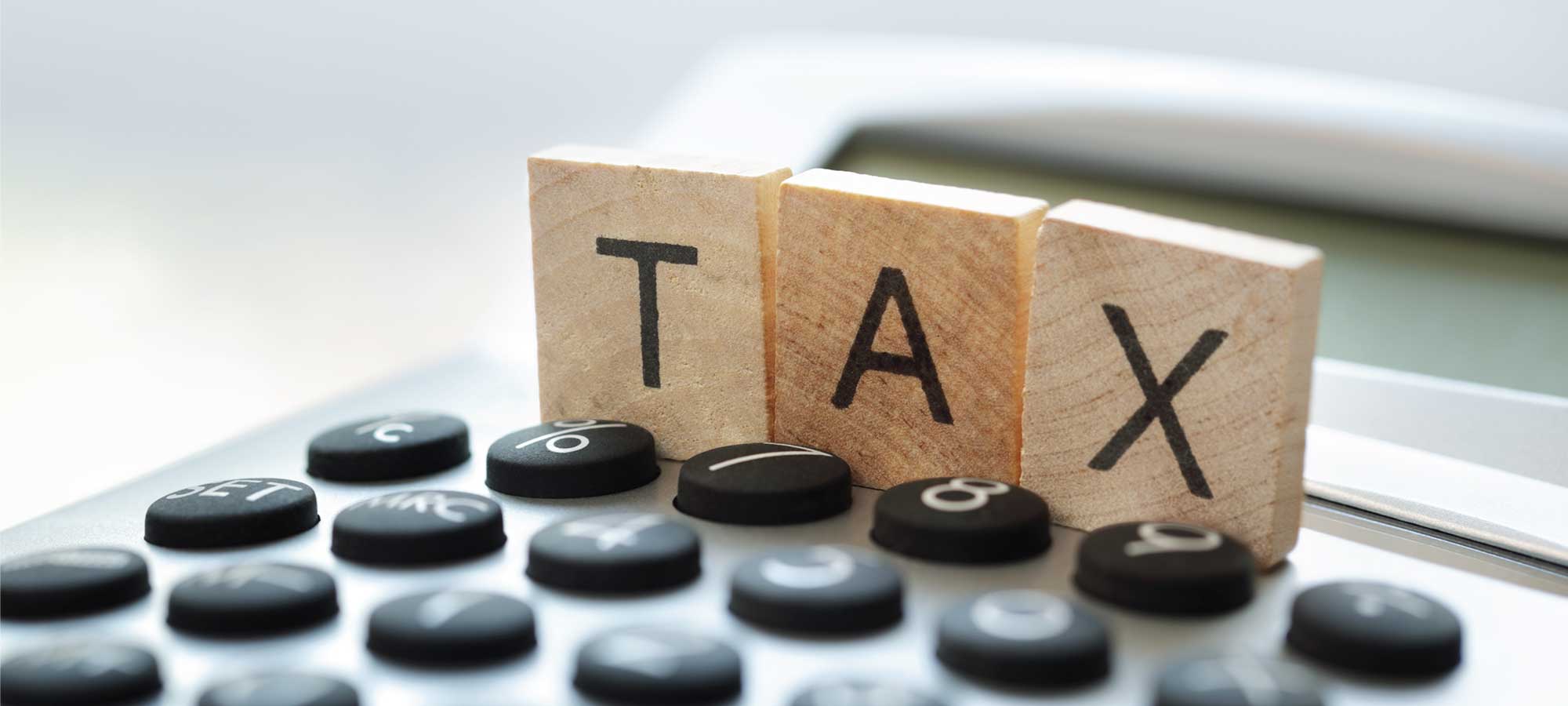When to file a tax return for a Sole Trader
This is a document with which you can complete and submit your tax return. The system will check your entries and, if necessary, prompt you to fill in any gaps or resolve any inconsistencies.
The tax return for a sole trader business is called the “Self Assessment,” which means that you are responsible for keeping your accounts and submitting them to HM Revenue and Customs, who will then check the figures and send the customer what they owe. This may sound daunting, but it’s not as difficult as it sounds, mainly if you use a good bookkeeping system.
As a sole trader, you must complete and submit a self-assessed individual income tax return each year as long as you have taxable income or gains during the financial year. This will generally be from employment, partnership, rental property, self-employment, and investments. You need to assess whether your business is likely to generate a taxable profit before submitting any sole trader tax returns. Still, if unsure, you can submit an estimated return by completing form SA100 Personal Tax Summary within twelve months of filing your final return, which is due on 31 January following the end of the relevant tax year.

Income received from investment sources such as savings interest and dividends from shares does not usually represent trading profits, so these do not need to be declared on your return if not related to the business. You should, however, keep all receipts for any expenses you incur about these investment sources as these could represent trading profits when received from a customer or client.
All sole traders are entitled to utilize the cash basis of accounting which represents an immediate deduction for purchases and payment of expenses, with tax being paid on actual profits arising at the end of each year after allowing for capital allowances. Use form CF 3AA Cash basis summary to help you prepare your records before completing your returns. If any part of your income is derived from self-employment or partnership, this will need to be declared using self-assessment but can be combined with other forms, so only one return must be filed.
If your income or capital gains are below the relevant thresholds, you do not need to complete a tax return, and no tax will be due. However, if taxable income is more than the personal allowance (£10,600 for 2014/15), some taxation will be due. The current introductory rate, 20% savings rate, 10%, higher rate 40%, and additional rate of 45% can all apply, so it’s worth checking these with your tax office before submitting any returns.
When submitting your online returns via the HMRC website, each return must include calculation details on how trading profits have been calculated, which is essential in getting any refunds due back into the bank account within 14 days. If filing by the paper, this information should accompany your return when submitted at the local Tax Office.

